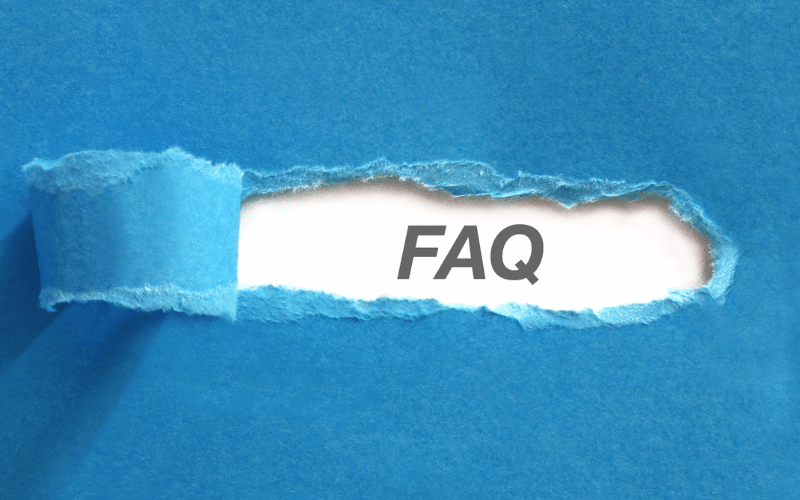FAQ: Frequently Asked Questions About Measles (Rubeola) Prevention

1. How is measles transmitted from one person to another?
Measles is a highly contagious virus that primarily spreads through the respiratory route. When an infected person coughs or sneezes, the virus gets aerosolized, and others can inhale these droplets. It can also survive on surfaces for several hours, so touching a contaminated object and then touching one’s mouth, nose, or eyes can also lead to transmission.
2. Is it possible to contract measles more than once?
Generally, no. Once a person has had measles, their body typically builds immunity to the virus. This means they are usually protected for life and won’t contract it again. However, there are very rare exceptions, but for the vast majority, one bout of measles grants lifelong immunity.
3. Are there any side effects associated with the measles vaccine?
Like any vaccine, the measles vaccine can have side effects, but they are generally mild and temporary. Common side effects include pain or swelling at the injection site, mild fever, and a rash. Severe reactions are extremely rare but can include high fever, seizures, or allergic reactions.
4. How does herd immunity work in the context of measles prevention?
Herd immunity occurs when a significant portion of a community becomes immune to a disease, either through vaccination or previous infections. This offers indirect protection to those who aren’t immune, as the chances of an outbreak decrease. For measles, a high percentage of the population needs to be vaccinated to achieve herd immunity due to its contagious nature.
5. Is the measles vaccine effective immediately after administration?
No, the body takes some time to develop immunity after vaccination. Typically, it takes about 10 to 14 days for the measles vaccine to become effective. During this period, it’s still possible to contract measles if exposed.
Conclusion: Turning the Page on Measles
The battle against measles, while challenging, is a testament to human tenacity. From meticulous research that paved the way for the MMR vaccine to global collaborations aiming for eradication, each step has brought us closer to a world where future generations might only know of measles through history books.
There’s an inherent power in knowledge, especially when it comes to health. By understanding the essential facts about measles prevention, we can collectively play our part in this larger tapestry of public health. The dissemination of accurate information, the debunking of myths, and the consistent advocacy for vaccination are the pillars supporting our charge against this infectious adversary.
Looking forward, the focus isn’t just on the science of prevention but also on creating communities of awareness. After all, viruses don’t recognize borders or socio-economic statuses. They spread, mutate, and can wreak havoc if left unchecked. In this interconnected world, the prevention of diseases like measles isn’t just an individual responsibility but a global one.